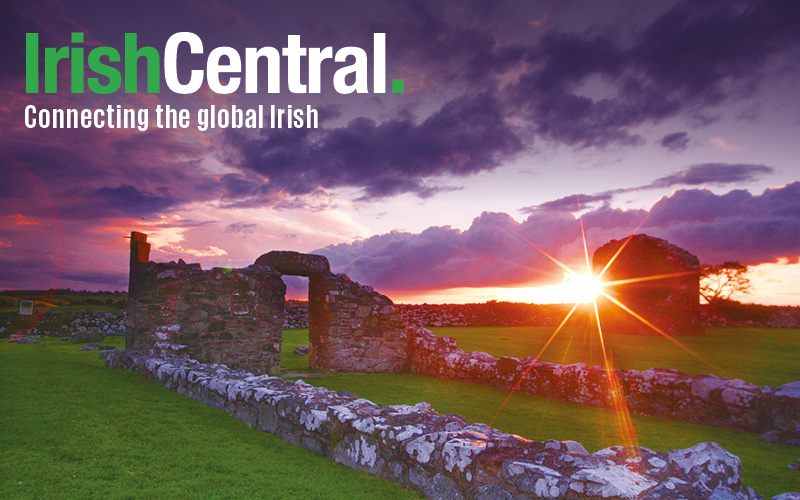Sometimes it’s better not to know.
Oblivion is bliss, or so they say, and yesterday I had a salutary reminder of how true that was.
At the risk of sounding like a crazy, it’s the ghosts, you see.
Let me explain.
While researching an article for IrishCentral, I made the thoroughly unwelcome discovery that large swathes of Manhattan - including the part I’m staying in - are literally ridden, or so they say, with ghoulish figures.
And if I’m not a sucker for the ‘paranormal’, I certainly am for reason.
If something makes sense to me, it appeals to a part of my conscience that interprets that information as fact, and from there forms that information into emotions and fears.
This is how all of our brains work, on a very basic level, or so says my psychology-major room-mate.
Our subconscious can’t distinguish between fantasy - say, ghosts - and reality - say, politics - and once something that’s fantasy becomes convincingly enough explained, it lodges in the same part of brain that real facts do, and that, in turn, gives rise to irrational fears and superstitions such as the once I’m currently suffering from.
So here goes the story. Once someone dies in distressing circumstances, or has a particularly strong connection to somewhere, they leave an indelible ‘energy’ in that place. This sounds ridiculous enough, and is largely common knowledge, but here’s the bit about some of New York’s localities that’s a bit creepier:
Washington Square Park is built on an ancient burial site of about 20,000 graves, an ancient potter’s field where those who couldn’t afford proper burials were interred en masse. Not only that, but in the 19th Century they would actually hang people from the same trees which currently stand casting an air of doom-and-gloom over the park. And if it’s full of hipsters and junkies by day, it’s a very different place by night.
So this is creepy and slightly spooky and will probably dissuade me from going near Washington Square Park on tipsy rambles home, but it also adds, undoubtedly, to the place’s attraction. I’m as likely to furtively peep into that tree looking for some ghoulish apparition as I am to avoid the place.
And this, you see, is largely also the story of Ireland.
Ireland’s a bustling modern economy replete with everything you might expect from such a place. It’s full of electricity (yes, electricity), broadband (well, almost) and all the trappings and furnishings of a modern society.
Yet that’s not very exciting.
A large part of Ireland’s once-booming tourist trade has traditionally focused on drawing visitors to the site in search of such things as fairies, leprechauns, men wheeling turf on donkeys, and old men puffing on dudeens as they sit by a fireplace telling stories of the Black and Tans and brewing poteen somewhere in the back. Children trekked to school bare-foot and evil headmasters mercilessly dashed out macabre beatings.
That such figures, such modes of transportation, and such mythical creatures don’t exist is irrelevant. It’s the story that counts.
It was the stories of mythology that were the forerunners of modern fiction, and the great Irish legends that likewise spawned our own country’s proud literary tradition. When we were bored we could dream of Tir na nOg, when we were short of cash we could search for leprechuans.
Part of me has a strong inkling that mysterious ghostly figures populate the branches of the Hangman’s Elm late at night, but a more prevalent, and certainly more rational part of me discards that notion as fantasy.
But sometimes, usually, it’s just the story that matters, the fiction and the escapism that counts, and were it not for the legend of the ghosts, Washington Square Park, like Ireland, would be an undoubtedly less interesting place.




Comments